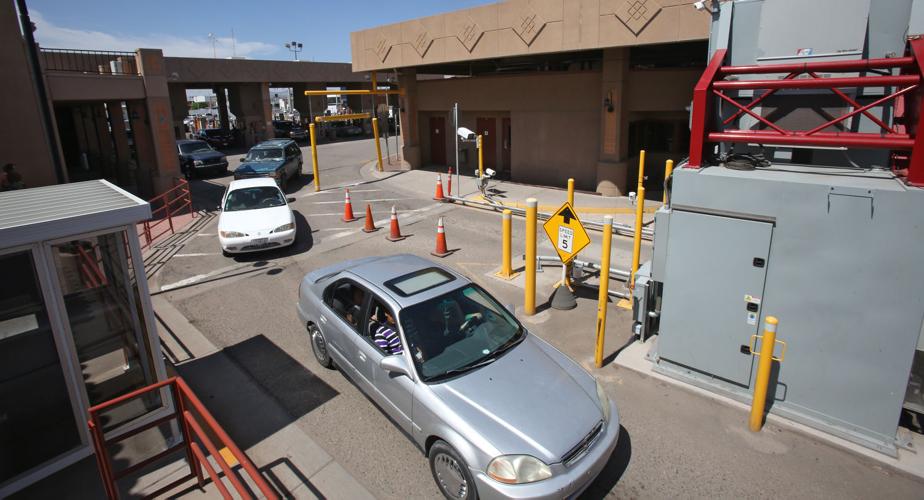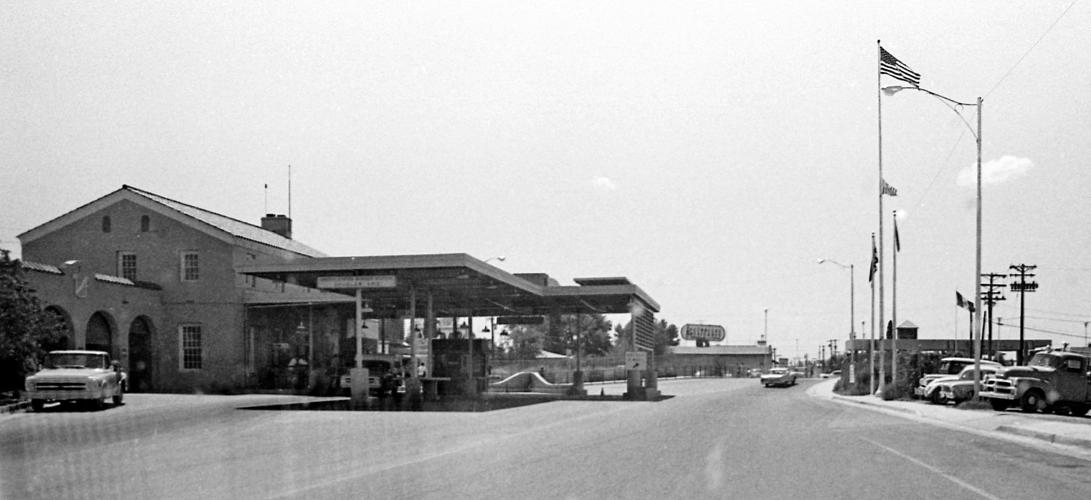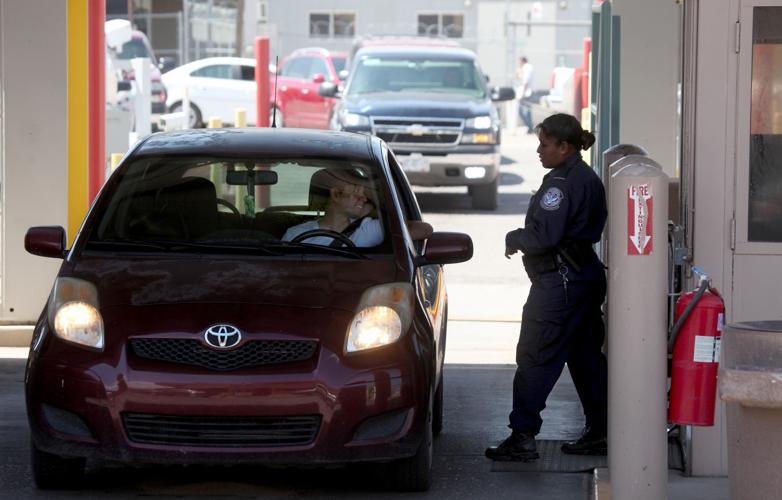DOUGLAS — Improving the Raúl Héctor Castro Port of Entry is a top priority for Customs and Border Protection and is set to be included in the agency’s five-year infrastructure plan. But after years of fighting for attention, officials say building a second port is the only way to address the region’s needs.
“Having a new port means more business, more warehouses, more transportation companies, more suppliers, more restaurants, more everything,” said Mike Valencia, president of the Southern Arizona Logistics Education Organization.
The Douglas port accounts for nearly $4 billion in trade through two-way truck traffic, officials said, but the mix of commercial and personal vehicle traffic trying to get through the same tight space creates a bottleneck at the border.
In 2014, hoping to jump-start efforts while it waited to be part of CBP’s funding plan, city officials proposed to donate an 80-acre parcel and build needed infrastructure for a new commercial vehicle crossing, about five miles west of the current port.
Bonds would cover the $47 million price tag and the government would lease from the city until it was paid off.
This proposal, under the 559 Donation Acceptance Program that allows CBP to receive donations from private and government entities, was rejected last July because it did not fall under program guidelines.
A second proposal was made in December. This time the city would donate the land and offer the government a shovel-ready site, including utilities and a connector road to Arizona 80.
So far there has been no response to the 559 option, officials said, but it continues to be an alternative and complement to the five-year plan.
If the traditional CBP funding method is approved, it would mean up to $45 million to upgrade non-commercial functions at the existing port, said Carlos de la Torre, Douglas city manager. But local officials hope that since there is no room to make major improvements at the current location, the government will have to look at opening a new border crossing.
For now, the situation at the existing facility has become unviable, said Port Director Margaret Baldenegro, citing traffic congestion, safety concerns and no ability to expand.
The port sits on 4.8 acres in downtown Douglas but the surrounding area limits expansion and over the years more and more demands have been put on the space, she said.
There, additional personnel, federal and state departments of transportation have set up shop, modern inspection technology has claimed room and so has a dedicated fast lane for trusted travelers.
All of it is compounded by an increased number of crossers, as well as growing exports and imports going through a port with only one commercial truck lane and without the ability to cross oversize loads without paralyzing traffic.
“The list goes on and on with the numerous challenges that we face every day in order to get the job done,” Baldenegro said.
The outdated port, along with inadequate customs facilities on the Mexican side, are a drain on industry on both sides of the border, officials said.
CAID industries loses business because the port can’t handle crossing supersized loads, said Chris Johnson, logistics manager for the Tucson-based company.
“Anything going down to the mines, a lot of the stuff that we build we can’t ship. Some of it is roads but the main portion is going across the border,” he said. “We’ve had (situations) in the past where some companies have actually lifted (parts) over the wall, but it’s just not cost effective.”
For the factories in Douglas’ sister city, Agua Prieta, Sonora, a slow crossing means lost productivity and unhappy clients, said Sergio Laborin of the Agua Prieta Maquiladora Association.
Many of the companies there operate on the just-in-time production model, meaning there is no on-site warehouse, he said. Materials arrive when needed, workers handle them accordingly and the product is shipped back, often on the same day.
“If there’s a problem with your transportation it means you have 1,500 people at one factory who are unable to work because there’s no material,” Laborin said.
Although time is budgeted for delays, there is no guarantee those times will hold, he said.
“Our trucks are waiting four, five, six hours in line to cross and that’s a huge problem — from materials that don’t get there fast enough to finished products that don’t get to the buyer on time.”
A united effort
The list of business and government groups that support a new port of entry is long, and includes the Arizona Mexico Commission, the Arizona Department of Transportation, the cities of Bisbee, Sierra Vista and Agua Prieta, Cochise County, the Maricopa Association of Governments, the Pima Association of Governments and the states of Arizona and Sonora.
U.S. Rep. Martha McSally, R-Tucson, has also been a strong voice in support of a new port, officials said, repeatedly engaging with customs officials on the matter. A hearing the congresswoman led earlier this year first revealed that the crossing was going to be part of Customs and Border Protection’s five-year plan.
“We may never know how much trade and traffic Douglas is already losing out on because of the port’s aging infrastructure, which is why I’ve fought so hard to advocate for its expansion,” McSally said. “We are going to continue pushing to get more information about that plan and making the case to upgrade and modernize this vital lifeline.”
Lobbying for a new port is a no-brainer, said Valencia, president of SALEO, since what’s good for trade coming through Douglas is good for Arizona. Local, state and federal officials have to make sure the state continues to be competitive, otherwise it will lose out to Texas and California, he said.
“Logistics looks for the most efficient, quickest way to move products. That’s the reality. If there’s a faster way and a better way, it will find it,” he said.
On the Mexican side, the government is ready to step up once the plans are finalized, officials said.
While opening a new port of entry can be a difficult proposal with many moving parts in two different countries, after years of false starts the gears have never been better aligned, said Douglas Mayor Robert Uribe.
“We just have to keep pushing. We have to be loud, we have to be clear, we have to be effective and let people know that we need this.”







